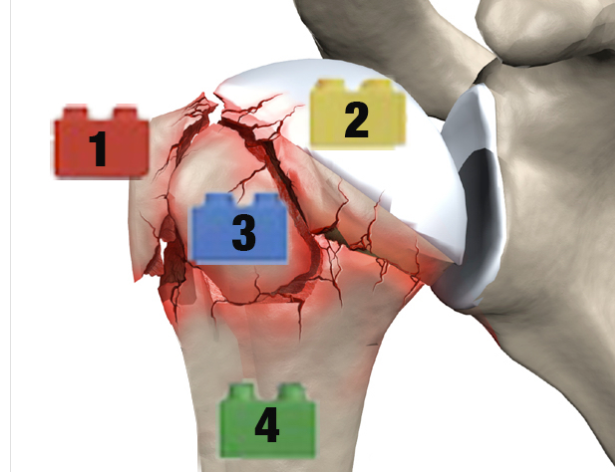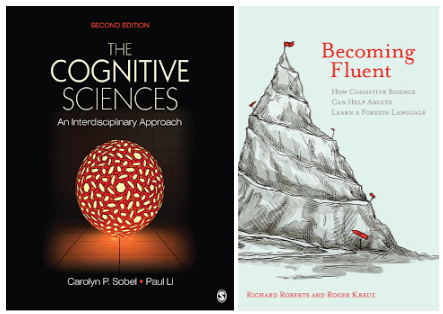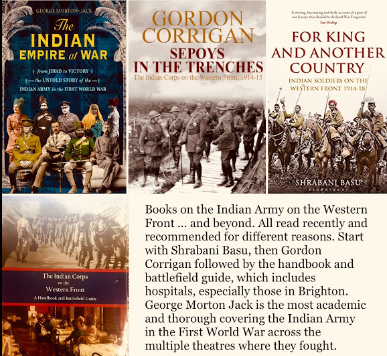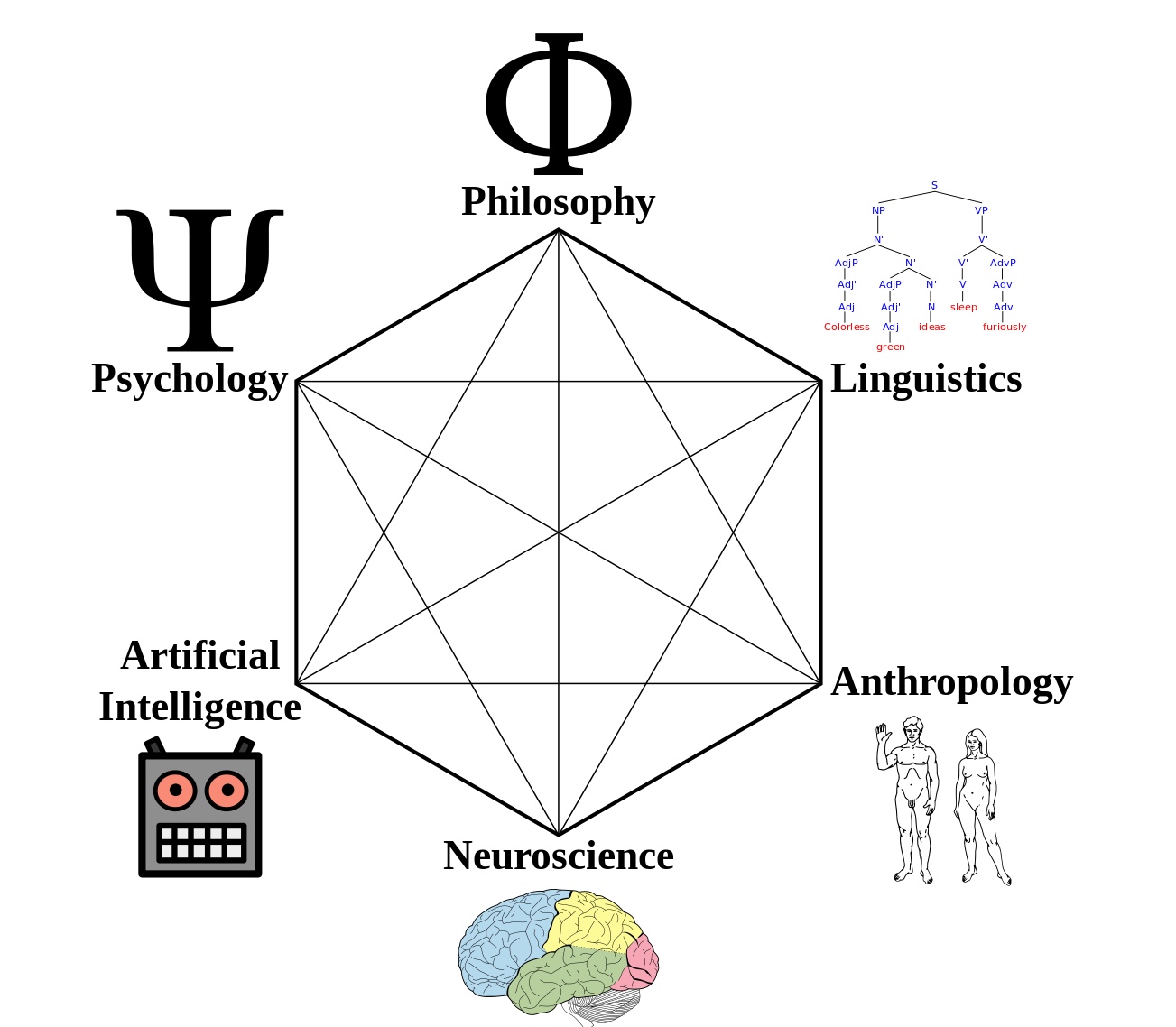
Uses:
Double fisheye stills
Double fisheye video
Double fisheye live streaming
See the Ricoh Theta SC User Guide
With a protruding fisheye lens on both sides of the camera use the pouch to keep the camera in, and to lay it on when charging or uploading images to avoid scratching the lens.
Charging
Only charge through computer USB, not a wall socket.
A red light indicates that it is overheating. Unplug immediately.
Green light on for charge. Light goes out once charged.
A full charge takes 4 hours.
The camera can be operated on its own, though it works best when synched to a smartphone or tablet.
Synching
Synch with smartphone or tablet through wifi
The wifi reference for the camera indicates the password.
For example for camera: THETAJAY30121126.OSC
The password : 30121126 (the numbers only).
This also appears as YJ30121126 in tiny print on the camera itself.
More HERE > Connecting to a SmartPhone
Settings
Choose a network
Turn camera on
Wifi icon lit
Device finds wifi
Password
Wifi connect is meant to be 10m but is more like 5m and will be affected by walls.
Mounting
Hand held
Desk tripod
Tripod with short feet (and weights)
While some of the image immediately below the camera is hidden when the two 360 images are stitched together it helps to use a tripod with a small footprint.

I recommend the Koolehoad Monopod with has tripod legs.
If used outside and it is windy a couple of sandbags on the legs will keep it in place - or use a normal tripod and accept that the legs will show in the bottom of the image.
Camera Settings
The ‘Automatic’ setting rarely gives the best results. Shutter speed will adjust exposure for overly bright, or overly dim images. The White Balance also needs to be set - this ensures that ‘white is white’ whether under bright sunlight, or various kinds of artificial light.
Via device (smartphone or tablet)
Pull on the camera - you will see the image it is getting.
Along the bottom are the settings.
More HERE > on Theta SC Shooting Conditions
ISO: (low light or too bright)
Shutter Speed: (low light or fast action)
White Balance: Sunlight vs artificial and all the variations through shadow, neon, lamps. A piece of white card and adjust in the camera.
Video
You can only shoot in auto mode when shooting video. Settings such as the ISO sensitivity, shutter speed, white balance and exposure cannot be configured.
Self-Timer
Unless you want to appear in the shot set the self-timer to 10 Seconds
When you hit ‘shoot’ you get a visual countdown on your phone/tablet and ni the last 4 second a ‘Bleeped’ countdown before the shot is taken.
Shutter Sound
Countdown ‘ping’ and shutter noise to help you get out of the shot.
Images
A double fish-eye lens is best in enclosed spaces and with the subject fairly close.
In the open sky can dominate.
If you want to feature people keep them close to the camera.
Keep a record of the pictures being taken
Best practice to draw a simple lay-out of the room and plot where each 360 image is taken.

Even a small room might benefit from the following shots:
By the entrance door.
Centre of the room.
Each corner
Close to major features.
It makes sense to have the camera at eye level - so 1m 70+ in the room, or at head height on a chair or by a desk.
Any number of further interesting shots with the camera placed on, in or close to things can be added.
For close-ups it is better to use a standard camera and add this image as a ‘hotspot’ link.
Transferring Images
Downloading images
The Ricoh Theta App can be used to view images in 360
These will transfer to the device
Also on the camera
An image is around 3.5-3.8MB.
Click through the Camera Icon Ricoh Theta to Fixed Storage to DCIM to 100RICOH
Then drag and drop into an appropriate folder.
Can ‘Delete all images’ if loading into an image App (but college computers generally do not permit saving to the desktop - images have to be saved to the network).
These images may look like peculiar, double fisheye or panoramic images until on a platform that supports viewing as a 360 image.
Images are backed up on your phone/tablet and can be uploaded from there if images on the Ricoh are lost or deleted.
USB to computer as for charging
Identify device
Select where images will be saved.
Catalogue
Select those to colour correct (if desired)
Adobe Lightroom to adjust:
Exposure
Contrast
Blacks
Whites
Clarity
Sharpness
At this point poor images that can’t be rescued can be deleted, or simply not added to ThingLink.
It also starts to become clear where there may be unnecessary overlap, so an image may not be required. Best to keep it offline.
This might also be the time to ‘redact’ someone who is appearing inadvertently - students would need to sign a release form for content shared online.
Export
The 360 images can be viewed on their own on Facebook or Google Photos and as video on YouTube. They can also be viewed through a 360 headset. An app for smartphones allows images to be broken into left and right eye.
ThingLink
We have been using the platform ThingLink which allows ‘tags’ or ‘hot spots’ to be added, as well as links made between a series of shots to create a VR Tour. This platform can also be used by students to annotate and tag images, whether 2D or 360.
You can try the platform for free for a month, longer by negotiation. It can take a while to bring others on board.
It makes life easier to upload in the approximate order in which the VR Tour will be built and if there are a lot of images to add them in small batches.
Numerous alternative platforms exist to create 3d Architectural spaces and models or tours. All will require a subscription at some point.
Get Organised
List: Camera Ref or renamed.
Best down in landscape
ThingLink URL
Once you have loaded your images onto ThingLink create a ‘Channel’ and post all your images to this.
The order in which they are added can facilitate the creation of a tour by keeping batches of images together, say for a room, and in the chronological order of a typical tour, or indeed the order in which the shots were taken.
Any icons can be used provided by ThingLink though we have a set of GB MET branded arrows/links.
Troubleshooting
Over a series of 20 shots, or use after 45 mins the link between the device (mobile or tablet) may be lost.
Turn the camera on and off - find the link and redo.
Loading images
Check the USB connection until your computer registers the device.
Shot Activation not working
Close the app and re-open until the 360 image appears and the button can be activated.
You keep appearing in the image!
The self-timer has to be reset if the App, phone or camera is turned off.
Updating Firmware
Intermittently the firmware on the camera will require an upgrade
ThingLink are great at improving their platform. Lately this has facilitated creating tours to the point that I describe creating a tour as 'electronic PostIt notes'. You can add voice over narration to the shot directly. You can post content to Google Classroom for lessons. You can download to work or view offline.
Try that in a meeting face to face.



